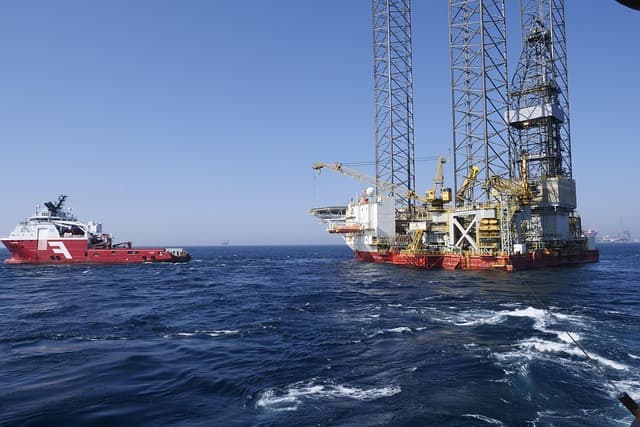Of course, the application of AI can also be safely attributed to the digitalization of industry – that would not be wrong. However, this article will focus on one of the most applied and widespread technologies that is increasingly becoming an integral part of digital transformation – the IoT (Internet of Things).
What is IoT and how does it work?
The IoT is a network of devices connected together to continuously exchange data in real time. These devices can communicate directly or through cloud servers. If necessary, a human can control the system, but in most cases, IoT processes are automated.
At the household level, these are smart watches, refrigerators, voice assistants, motion sensors, and so on. In industry, these are more complex platforms that combine sensors, controllers, data collection and analysis systems, Big Data tools and cloud computing.
In the oil and gas sector, IoT-based smart platforms can automate processes, improve safety, monitor the performance and technical condition of equipment, and prevent failures, accidents and environmental disasters.
Examples of IoT applications in the oil and gas industry
One of the most valuable applications is real-time equipment monitoring. Thanks to built-in sensors, the system can detect the slightest deviations in equipment operation: vibrations, overheating, pressure, fluid levels, etc. This allows you to predictably identify a component in need of repair before a major breakdown occurs.
Example:
ExxonMobil uses IoT to remotely control processes and monitor drilling rigs. Their smart sensors are able to transmit information about changes in pressure and temperature in the well to a control center, allowing them to make quick decisions and avoid accidents.
Example:
Norwegian company Equinor uses digital twin technology – virtual copies of physical equipment – on its offshore platforms. These “doubles” collect data from sensors and visualize equipment operation in real time. This allows not only to monitor the current state, but also to simulate the behavior of the equipment under different scenarios.
Economic and strategic benefits
- Cost reduction: Timely maintenance reduces the cost of emergency repairs and downtime.
- Process optimization: Tracking all parts of the production chain makes processes more transparent and manageable.
- Sanctions Resilience: In the context of import restrictions and inaccessibility of Western technologies, IoT can partially compensate for reduced external dependence through the intellectualization of local production facilities.
- Environmental safety: IoT helps prevent leaks, spills and other incidents, minimizing environmental damage. Modern systems track greenhouse gas emissions and help comply with environmental regulations.
IoT and cybersecurity
Digitalization brings not only benefits but also challenges. One of them is ensuring cybersecurity. The more devices connected to a network, the more potential points of vulnerability there are. However, with a sound risk management strategy, encryption and multi-layered authentication, IoT becomes a strong foundation for information security rather than a weakness.



